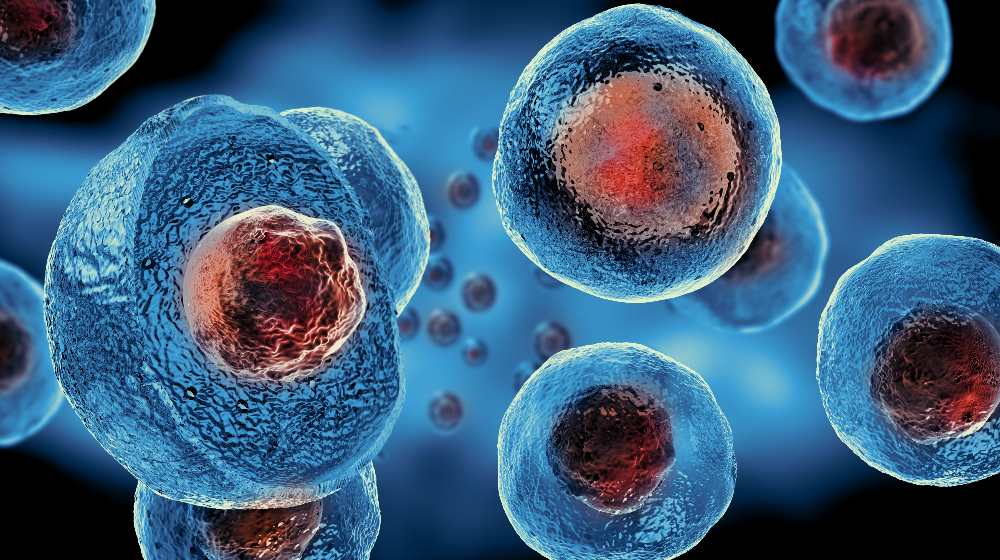Despite our body’s natural response to disease and damage, what if we could harness that power and accelerate it through various methods? It sounds like science fiction, but GHRP and GHRH peptides can do precisely that. We are one step closer to speeding up the treatment for injuries and diseases.
RELATED: The Science Behind PRP
How GHRP and GHRH Peptides Work
What Is Growth Hormone (GH)?

Growth hormone (GH) is produced and released by anterior pituitary cells called somatotrophs. It promotes the development of almost all bodily tissues, including bone. GH is crucial for children’s normal physical growth. GH levels rise gradually throughout infancy and peak during puberty.
GH secretion rises in reaction to reduced food consumption and physiological stress but falls in response to food intake. However, some people are affected by GH secretion disorders, resulting in a deficiency or excess of GH.
People with growth hormone deficiency can have:
- Short stature and dwarfism
- Reduced muscle strength and mass
- Thin and dry skin
- Poor bone density (leading to osteoporosis)
- Fatigue
- Poor memory
- Depression
- Increased body fat around the waist
People with growth hormone excess can have:
- Extreme height
- Features of acromegaly such as a prominent jaw, a large nose, and large hands and feet, as well as enlargement of most other tissues, including the tongue, heart, liver, and kidneys
- Severe headaches
- Visual deficit
- High blood pressure (hypertension)
- Cardiovascular disease
- Arthritis
- Higher risk of malignant tumors of the large intestine
People who have a growth hormone deficiency as a disorder might have injections of GH. GH injections can:
- Increase exercise capacity
- Increase bone density
- Grow muscle mass
- Reduce body fat
The Role of Growth Hormone-Releasing Hormone (GHRH)
The neuropeptide, growth hormone-releasing hormone (GHRH), is produced in the hypothalamus to stimulate GH release in the pituitary gland. GHRH is a key regulator of cellular functions in many cells and organs.
The human body produces GHRH pulses throughout the day, with a large amount released as we start to sleep. Exercise, food, and stress can all affect this secretion pattern.
Studies have shown that GHRH might play a role in:
- Wound healing
- Cardiac repair
- Regeneration and repair of tissue
- Regulation of cellular and tissue aging
- Promotion of follicular maturation
- Regulation of spermatogenesis in Leydig cells
However, the exact physiologic and biochemical processes by which GHRH usage accelerates wound healing are unknown. Although it provides a therapeutic intervention in pathophysiologic situations, further research is necessary to determine whether this mechanism is active during routine wound healing.
The Role of Growth Hormone-Releasing Peptides (GHRPs)
Growth hormone-releasing peptides (GHRPs) are synthetic, non-natural peptides that act as stimulants for the natural release of growth hormones.
One of the first studies in 1984 identified the peptide. Since then, studies have documented its ability as a potent ghrelin receptor booster. The peptide ghrelin is produced from the gastrointestinal tract, particularly the stomach, and later harmonizes with GHRH to stimulate GH secretion. Ghrelin has a multifaceted role and, amongst other things, stimulates food intake, regulates weight, increases body mass, regulates metabolism, is involved in cancer development, and supports bone formation.
RELATED: How Your Immune System Can Benefit From Peptide Therapy
Ipamorelin Is a GHRP That Ensures the Benefits Without Negative Side Effect
One of the most interesting GHRPs is Ipamorelin. It is a pentapeptide hormone which is a growth hormone secretagogue combined with a small molecule ghrelin mimetic that helps promote the significant release of growth hormone.
So, how does Ipamorelin work? When given during a GHRH pulse or in combination with GHRH, Ipamorelin has a synergistic effect. The synergy is due to somatostatin suppression, and since Ipamorelin increases GH release per-somatotrope. In contrast, GHRH increases the number of somatotropes that produce GH.
Ipamorelin, while being a stable substance, stimulates the production of GH without adverse side effects.
The benefits of Ipamorelin include:
- Increased muscle mass
- Increased bone density, thereby preventing fractures
- Better capacity for exercise
- Boosted energy levels
- Decrease body fat
- Reduced risk of heart disease.
In vivo and in vitro studies, Ipamorelin has proven to be very powerful and selective. It has also demonstrated high degrees of safety and tolerability in different human clinical trials. Ipamorelin does not affect pituitary hormones like cortisol and does not cause hunger.
The emergence of GHRP and GHRH peptides has opened the door to treating injuries and diseases more effectively. As a promising GHRP, Ipamorelin can offer a solution to many health problems without the need to cope with any potential unwanted side effects.
For a 10% discount on all peptides visit canlabs.net and use code goel10.
If you have questions about GHRP and GHRH peptides or any health problems discussed here, connect with us and learn more.
At Peak Human, our team of healthcare professionals is dedicated to helping you reach your ‘peak’ health with a custom whole-person approach. Using the most cutting-edge, science-backed biohacking and aesthetic tools, technologies, and treatments available today, we help you achieve the highest physical/cognitive performance state, leading to an improved overall quality of life.
For questions or to book an appointment, don’t hesitate to contact us. Get personalized support and insight from expert physicians.
Up Next:
- How to Measure Your Immunological Age and Prevent Disease
- The Science Behind the Use of Curcumin for Healthy Aging
- Plasma Exchange: A revolutionary New Way to Reverse Aging





